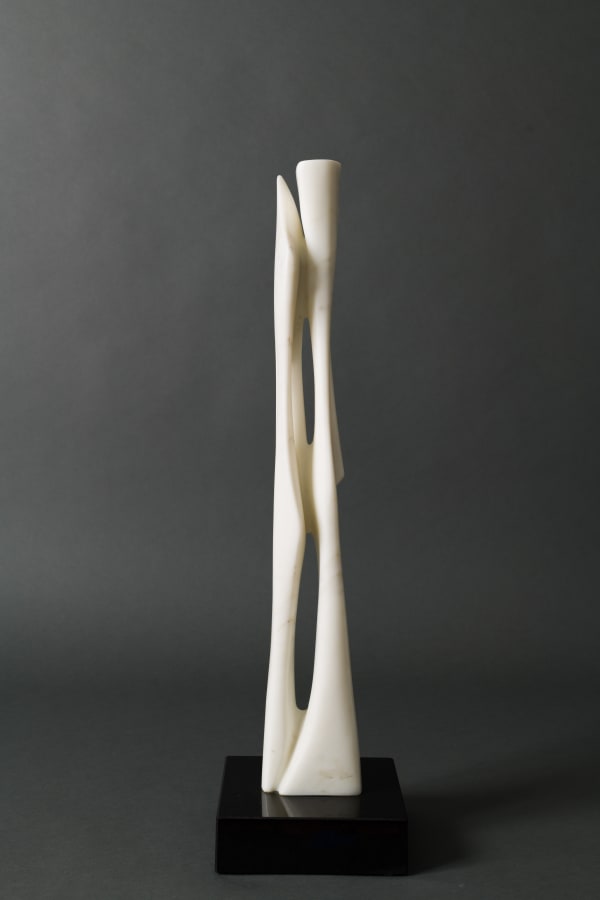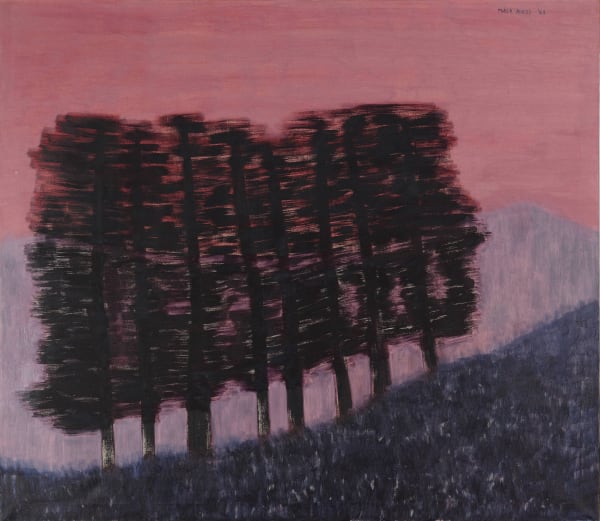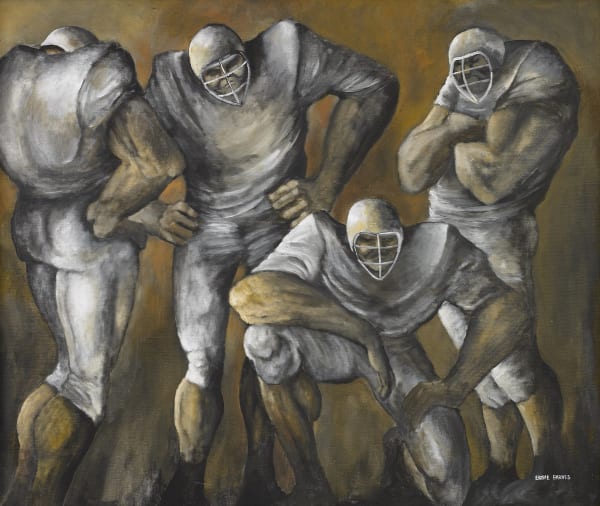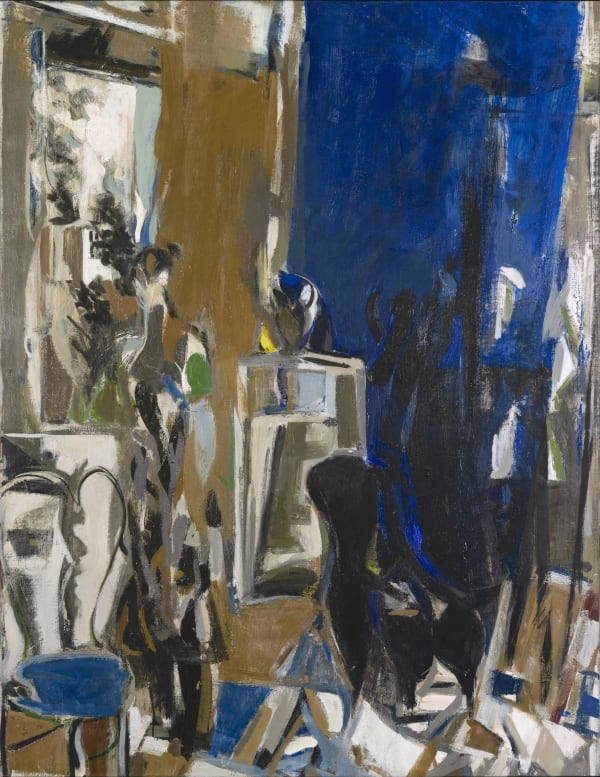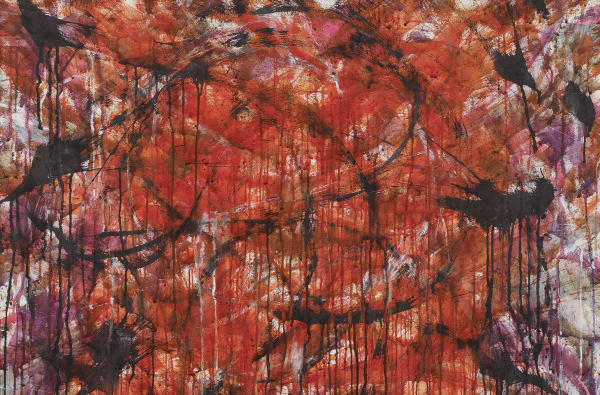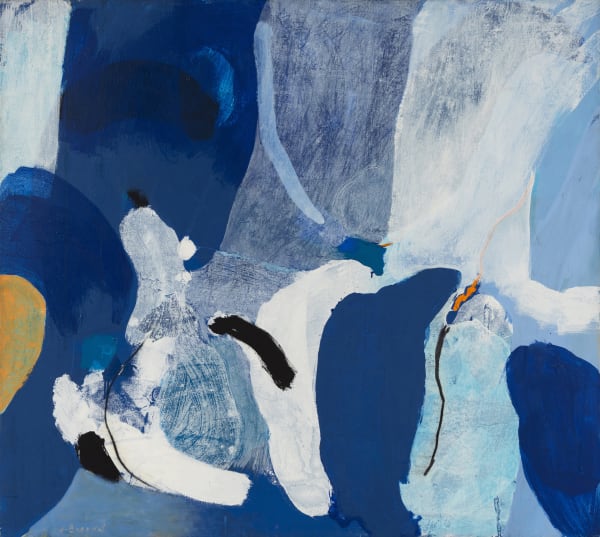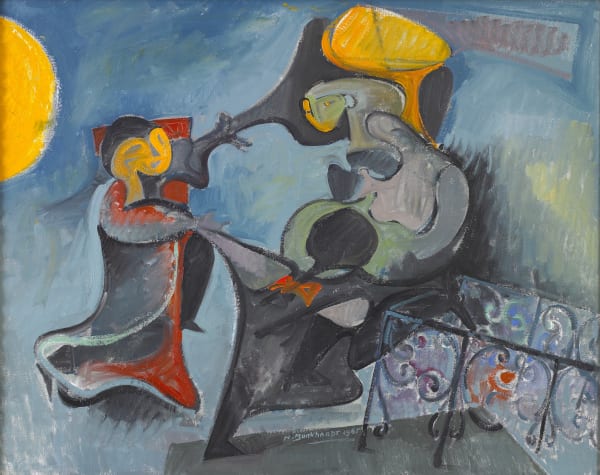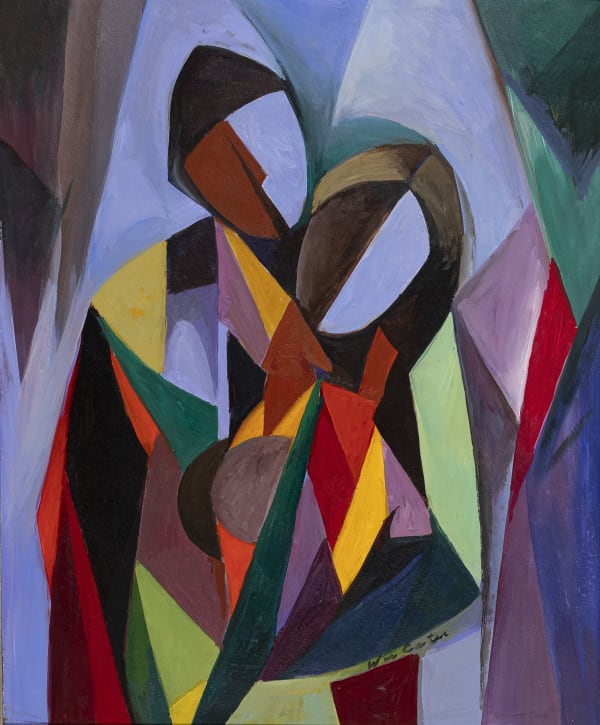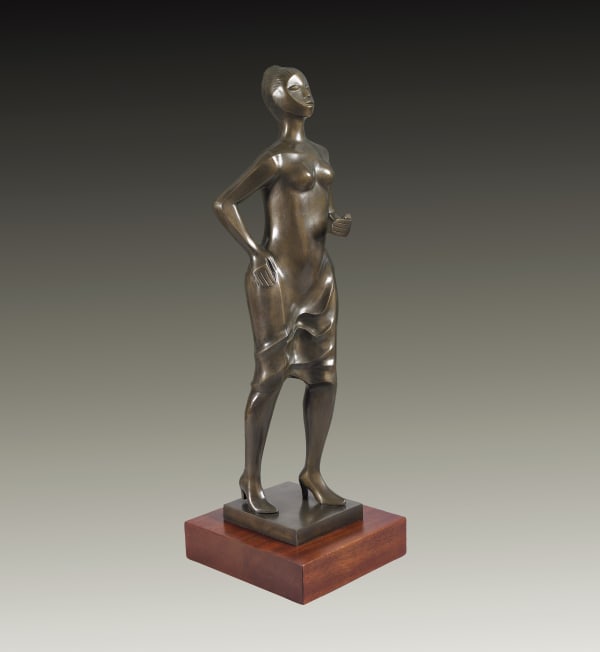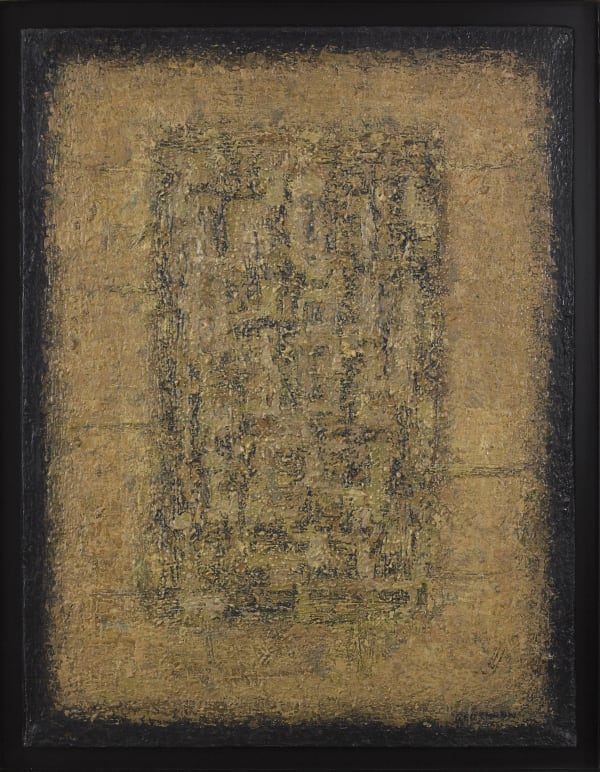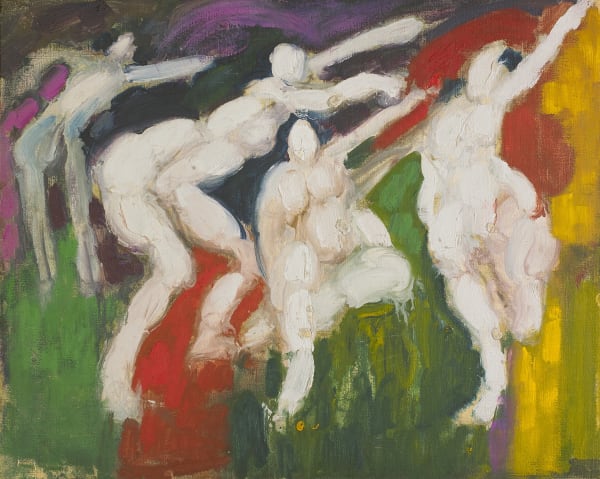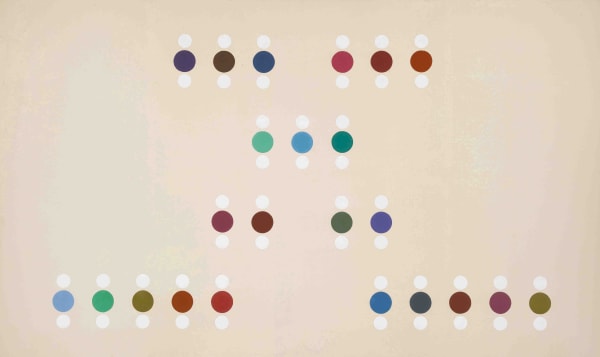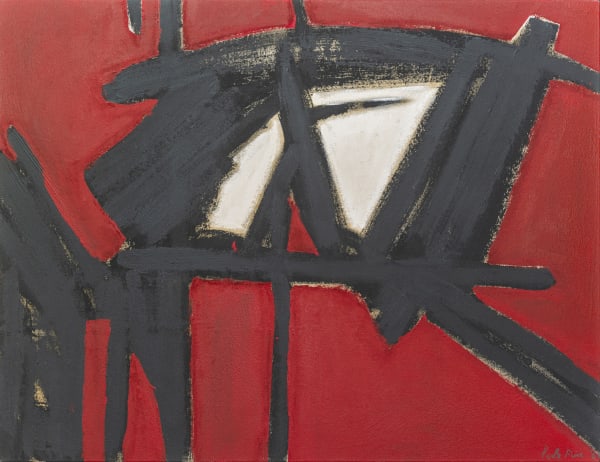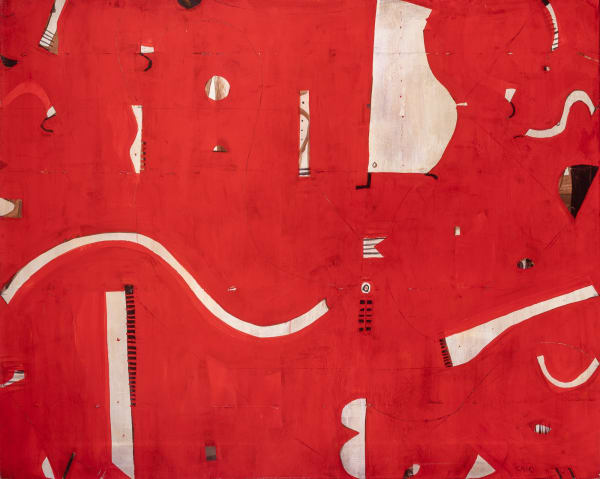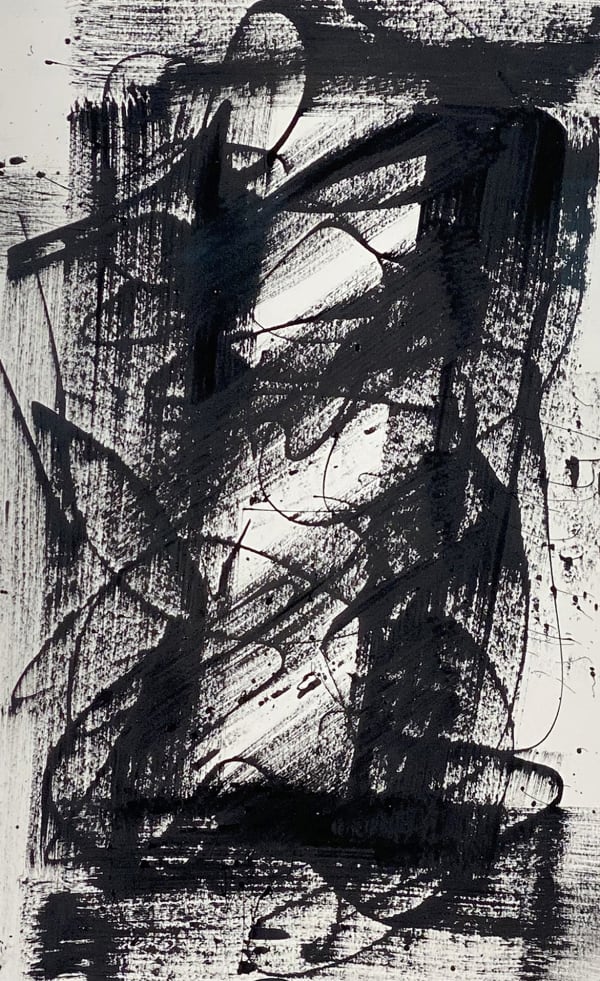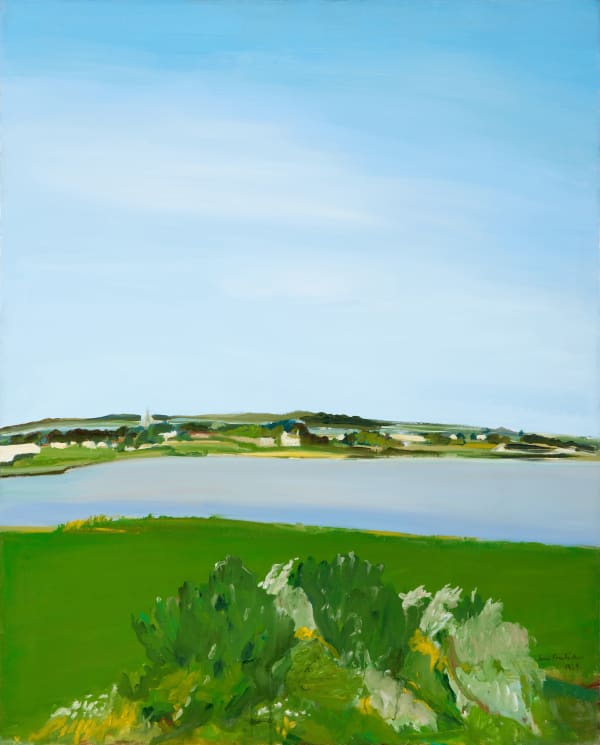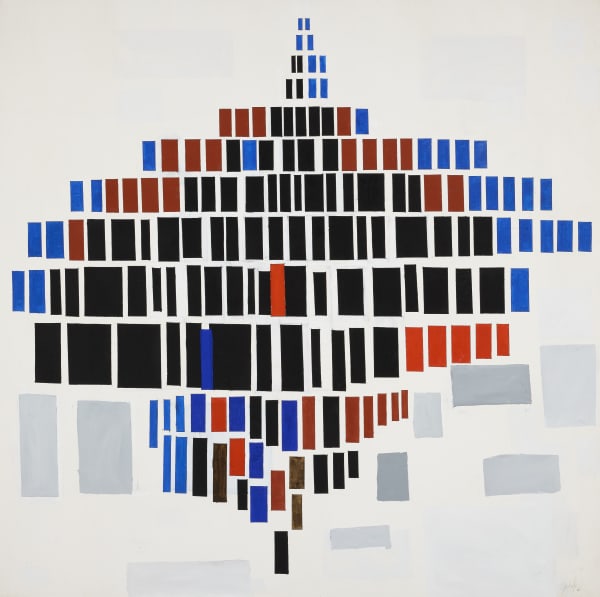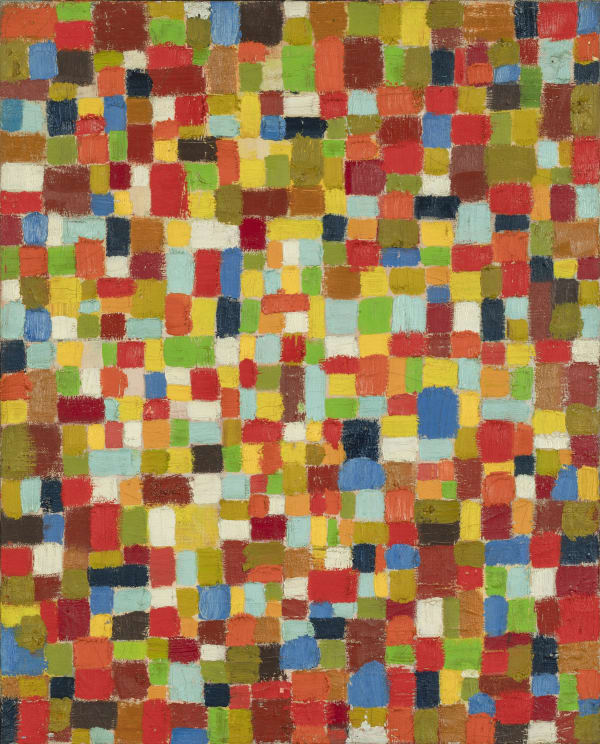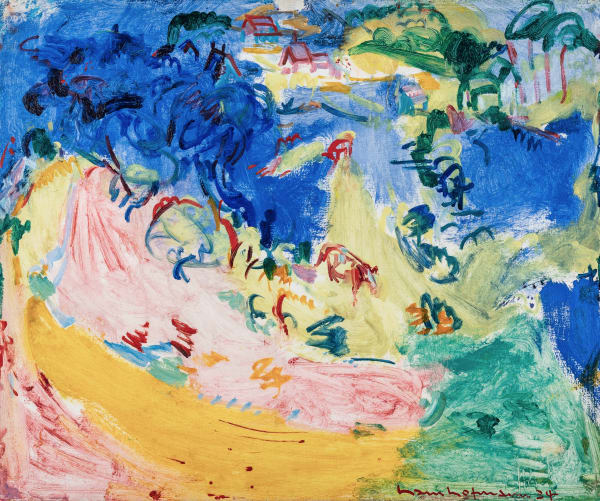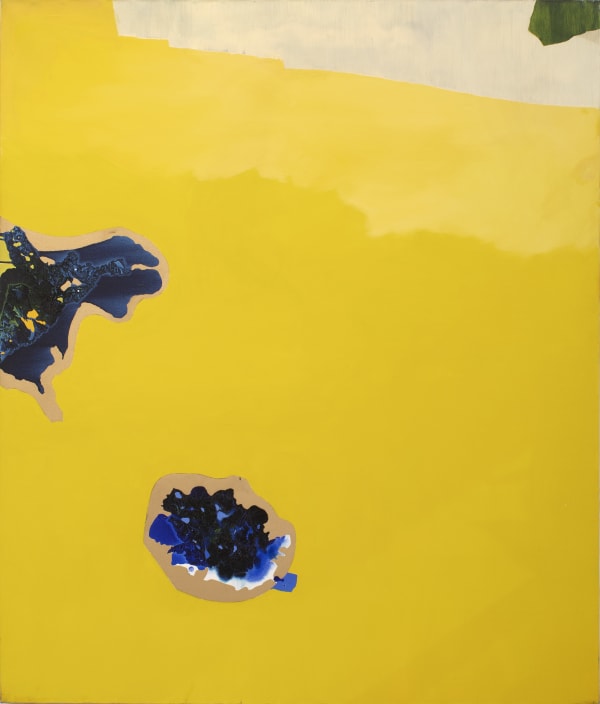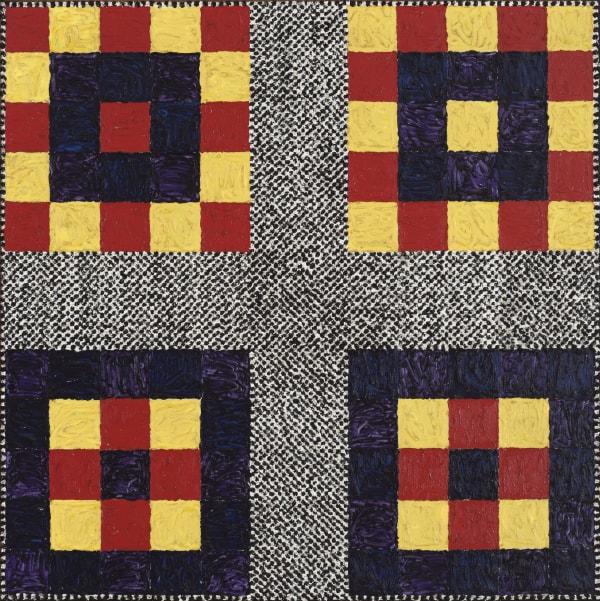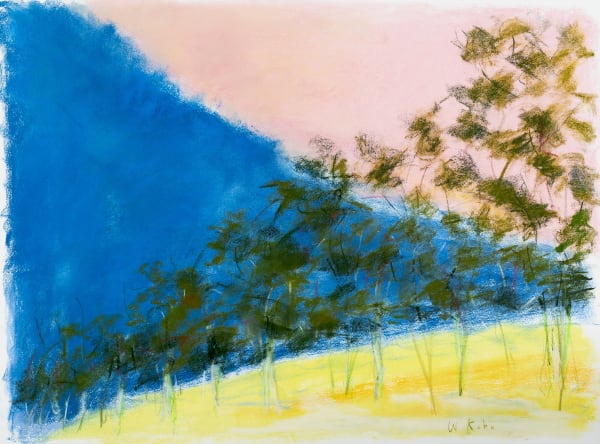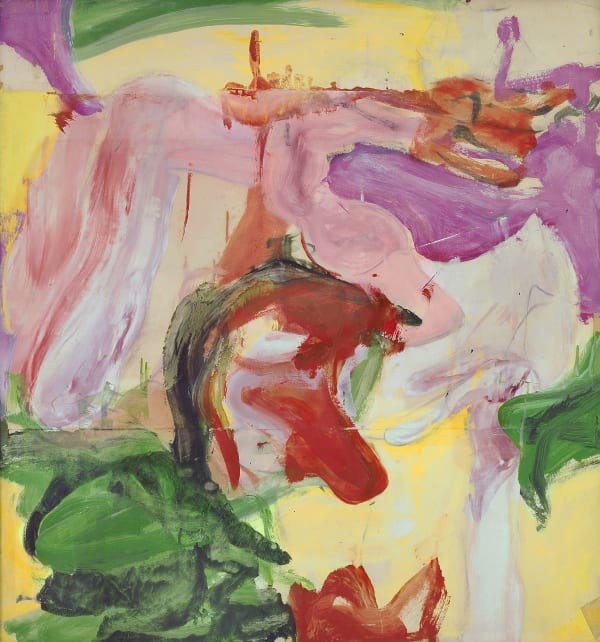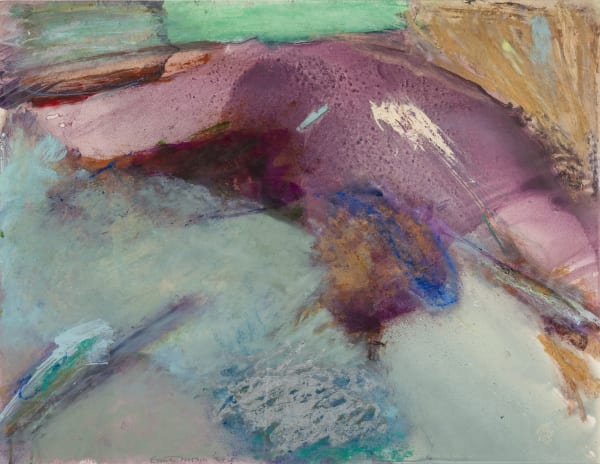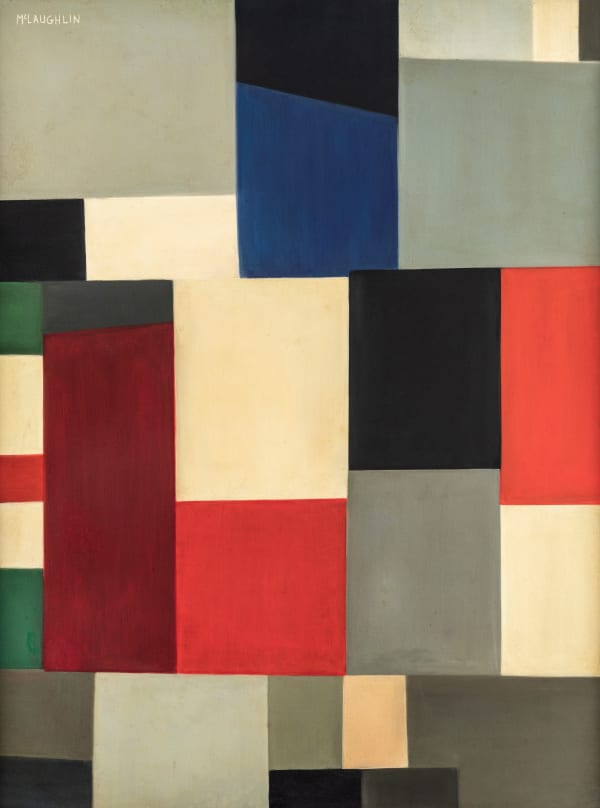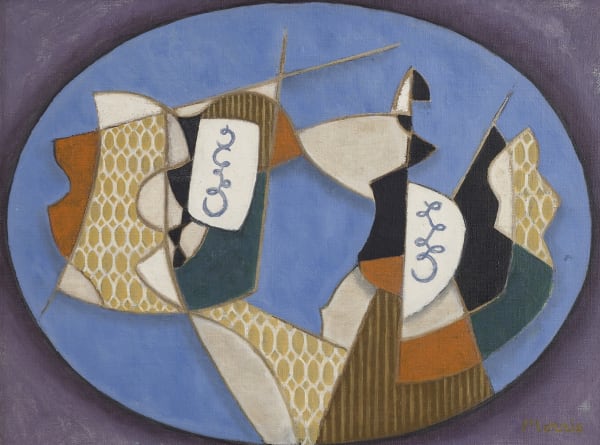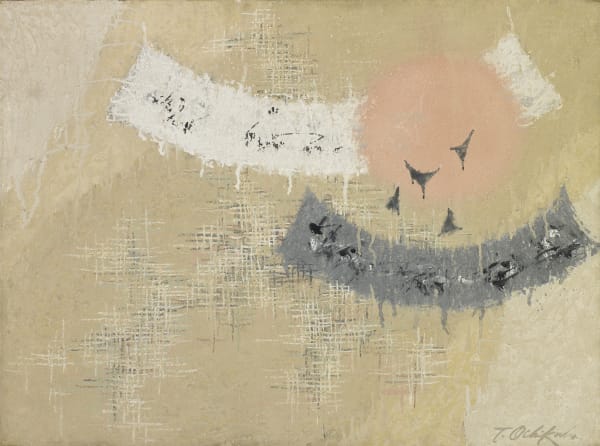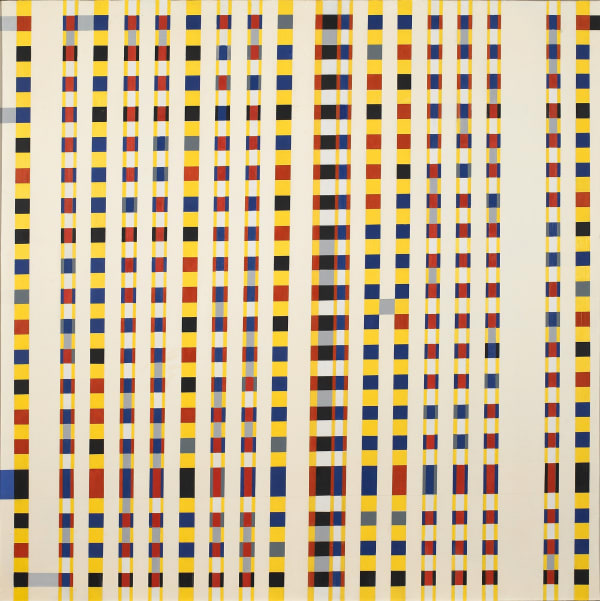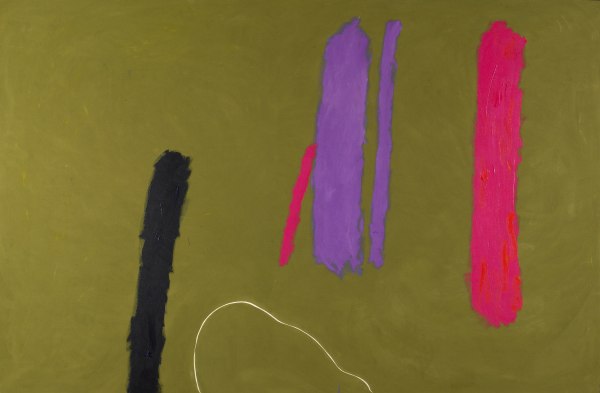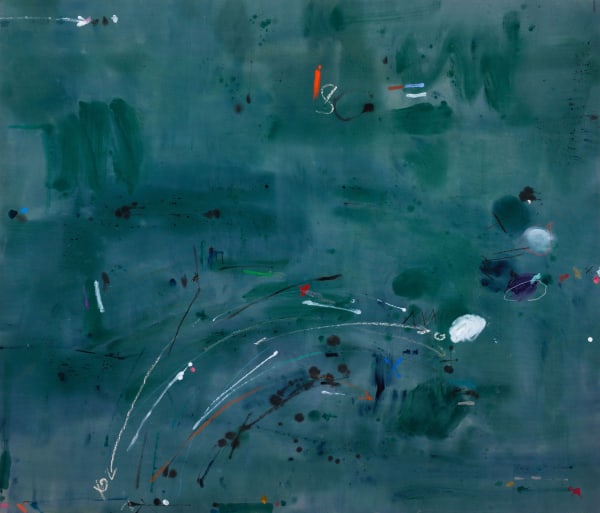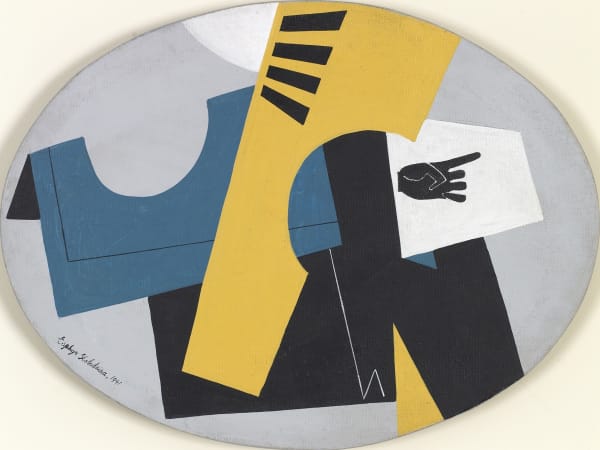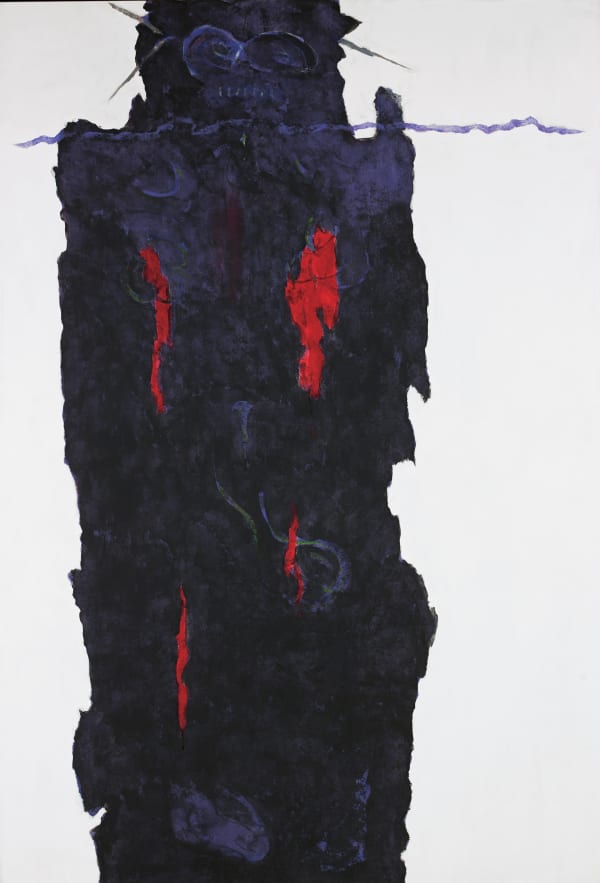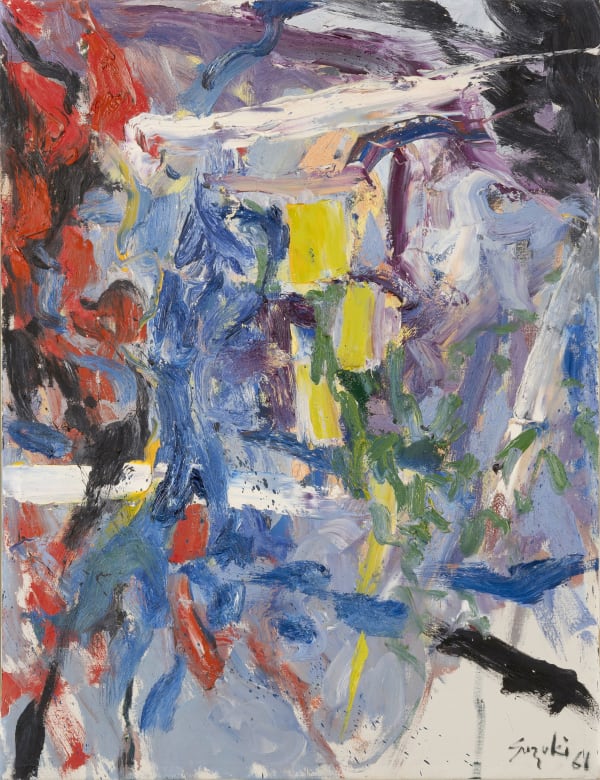-

Mary Abbott
-

Benny Andrews
-

Richard Anuszkiewicz
-

Karel Appel
-

Doug Argue
-

Pablo Atchugarry
-

Francois Aubrun
-

March Avery
-

Milton Avery
-

Sally Michel Avery
-

Alice Baber
-

Ernie Barnes
-

Will Barnet
-

Leon Berkowitz
-

Janice Biala
-

Norman Bluhm
-

Ilya Bolotowsky
-

Art Brenner
-

James Brooks
-

Roger Brown
-

Byron Browne
-

Hans Burkhardt
-

Paul Burlin
-

Deborah Butterfield
-

Lawrence Calcagno
-

Alexander Calder
-

Arthur B. Carles
-

Nicolas Carone
-

William Sylvester Carter
-

Elizabeth Catlett
-

Giorgio Cavallon
-

George Chann
-

Hsiao Chin
-

George Condo
-

Belle Cramer
-

Emilio Cruz
-

Gene Davis
-

James Denmark
-

Thomas Downing
-

Werner Drewes
-

Lynne Mapp Drexler
-

Edward Dugmore
-

Friedel Dzubas
-

Samuel Feinstein
-

Perle Fine
-

Caio Fonseca
-

Alice Forman
-

Sam Francis
-

Helen Frankenthaler
-

Jane Freilicher
-

Michael Goldberg
-

Xavier Gonzalez
-

Robert Goodnough
-

Adolph Gottlieb
-

Cleve Gray
-

Balcomb Greene
-

John Grillo
-

Susan Bright Hertel
-

Laura Coombs Hills
-

Hans Hofmann
-

Alvin Hollingsworth
-

Carl Holty
-

Dorothy Hood
-

Clementine Hunter
-

Genichiro Inokuma
-

Paul Jenkins
-

Alfred Jensen
-

Wolf Kahn
-

Norman Kanter
-

Robert Kelly
-

Jerome Kirk
-

Elaine de Kooning
-

Willem de Kooning
-

Eleanor de Laittre
-

John Levee
-

Alexander Liberman
-

John Little
-

Michael Loew
-

Beatrice Mandelman
-

Conrad Marca-Relli
-

Emily Mason
-

John McLaughlin
-

Howard Mehring
-

Joan Mitchell
-

George L. K. Morris
-

Robert Motherwell
-

Robert Natkin
-

Evan Nesbit
-

Kenneth Noland
-

Tetsuo Ochikubo
-

Josef Ongenae
-

Stephen Pace
-

Ray Parker
-

Bill Pinkney
-

Jane Piper
-

Larry Poons
-

Walter Quirt
-

Milton Resnick
-

Irene Rice-Pereira
-

Anton Rooskens
-

Jay Rosenblum
-

Jack Roth
-

Kikuo Saito
-

Ludwig Sander
-

Charles Green Shaw
-

Esphyr Slobodkina
-

Vivian Springford
-

Theodoros Stamos
-

John Stephan
-

Achi Sullo
-

Donald Sultan
-

James Suzuki
-

Walasse Ting
-

Fred Troller
-

Esteban Vicente
-

George Vranesh
-

John Von Wicht
-

Jane Wilson
-

Emerson Woelffer
-

Taro Yamamoto
-

Larry Zox
-

Barbara Johnson Zuber





